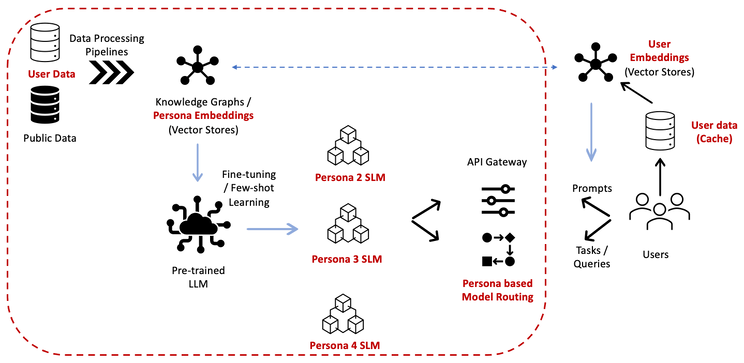It is said that in order for a machine learning model to be successful, you need to have good data. While this is true (and pretty much obvious), it is extremely difficult to define, build, and sustain good data. Let me share with you the unique processes that I have learned over several years building an ever-growing image classification system and how you can apply these techniques to your own application.
With persistence and diligence, you can avoid the classic “garbage in, garbage out”, maximize your model accuracy, and demonstrate real business value.
In this series of articles, I will dive into the care and feeding of a multi-class, single-label image classification app and what it takes to reach the highest level of performance. I won’t get into any coding or specific user interfaces, just the main concepts that you can incorporate to suit your needs with the tools at your disposal.
Here is a brief description of the articles. You will notice that the model is last on the list since we need to focus on curating the data first and foremost:
- Part 1 — The Data — Labelling standards, classes and sub-classes



